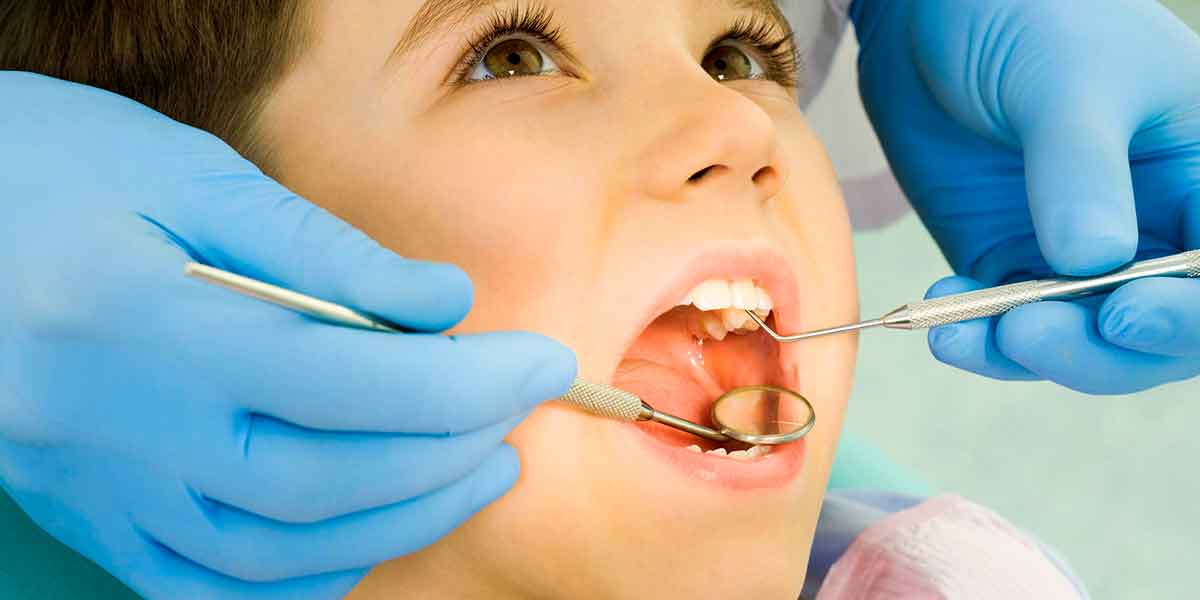It is essential to prioritize early assessment of your child’s dental health and development through early orthodontic evaluation. Detecting potential issues at a young age allows orthodontists to implement treatments that guide proper jaw and teeth growth, leading to better outcomes. This article aims to address common parental inquiries regarding early orthodontic evaluation, offering crucial insights to help you grasp its significance and advantages.
The Significance of Early Orthodontic Evaluation
An early orthodontic evaluation plays a crucial role in identifying dental problems promptly, making them easier to address while the child is still growing. This proactive approach can prevent more severe complications in the future, resulting in more effective and less invasive treatments.
Ideal Timing for Evaluation
According to the American Association of Orthodontists, children should undergo their first orthodontic evaluation by the age of seven. By this stage, enough permanent teeth have emerged, enabling orthodontists to spot potential issues related to jaw growth and tooth alignment.
Advantages of Early Detection
Early detection of orthodontic problems offers several benefits:
- Prevents the escalation of severe dental issues
- Guides jaw growth to accommodate emerging teeth
- Reduces the necessity for extensive treatments later on
- Enhances the overall function and aesthetics of teeth and jaw
Common Issues Identified in Early Orthodontic Evaluation
During an early orthodontic evaluation, orthodontists will assess various factors that could impact your child’s dental health. These may include:
Teeth Misalignment
Misalignment issues such as overcrowding, gaps, or malocclusion can be addressed early to simplify treatment and enhance long-term outcomes.
Jaw Growth Concerns
Assessing proper jaw growth is crucial, as early intervention can rectify any discrepancies and ensure a balanced and functional bite.
Premature or Delayed Loss of Baby Teeth
Evaluating the timing of baby teeth loss is essential, as it can impact the alignment of permanent teeth. Early identification of issues in this area is key.
Habits Influencing Dental Health
Identifying habits like thumb sucking, mouth breathing, and tongue thrusting early on allows for interventions to mitigate their effects on dental development.
Procedure During Early Orthodontic Evaluation
An early orthodontic evaluation involves a comprehensive assessment of your child’s dental and facial development. Here’s what typically occurs during the visit:
Initial Examination
The orthodontist will conduct a thorough examination of your child’s teeth, jaw, and bite, utilizing visual inspection, palpation, and dental instruments to evaluate alignment and health.
Diagnostic Imaging
Diagnostic images like X-rays and 3D scans may be taken to provide a detailed view of your child’s dental structure, aiding in the identification of underlying issues.




